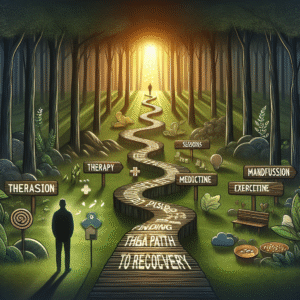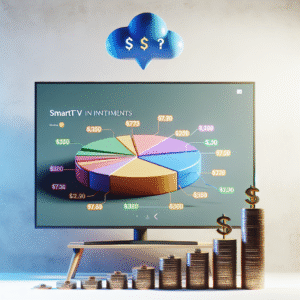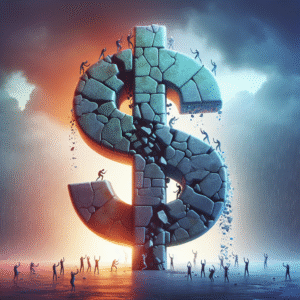The burden of debt can be overwhelming, especially for those grappling with amounts exceeding $10,000. Fortunately, various relief programs are designed to assist Americans in regaining their financial footing. These programs can provide valuable resources, guidance, and support as you navigate your path to financial recovery. In this article, we will explore the relief options available and humanize the experiences of individuals facing similar struggles.
Understanding the Debt Crisis in America
As of October 2023, millions of Americans find themselves in a precarious financial situation. The Federal Reserve reports that the average household debt is around $15,000, with many families struggling to make ends meet. The rising cost of living, student loan repayments, and unexpected medical expenses can contribute to overwhelming debt. It’s essential to understand that you are not alone; many are facing these same challenges.
Types of Relief Programs Available
1. Debt Management Plans (DMPs)
Debt Management Plans are a structured way to repay debts, often arranged through nonprofit credit counseling agencies. When you enroll in a DMP, the agency negotiates with your creditors to lower interest rates and monthly payments. This allows you to pay off your debt in a more manageable manner over a set period. Programs typically take 3 to 5 years to complete, and they can provide relief from stress while helping improve your credit score.
2. Debt Settlement Programs
Debt settlement programs can be an option for those who are significantly behind on payments. In a debt settlement program, you negotiate with creditors to settle for less than the amount owed, often after making a lump-sum payment. This can drastically reduce your overall debt. However, it’s important to note that settling a debt may have a negative impact on your credit score, so weigh this option carefully.
3. Bankruptcy as a Last Resort
If your debt situation seems insurmountable, bankruptcy might be a viable option. Chapter 7 bankruptcy can eliminate most unsecured debts, allowing you to start fresh after liquidating certain assets. Chapter 13 bankruptcy allows you to create a repayment plan to pay back a portion of your debts over several years. While filing for bankruptcy has long-term financial consequences, it can provide immediate relief from harassment by creditors and can be the first step toward a debt-free future.
4. Federal and State Assistance Programs
Various federal and state assistance programs exist to support individuals in debt, especially for specific issues like student loans or medical debt. The U.S. Department of Education has relief options for federal student loan borrowers, including income-driven repayment plans and deferment options. Additionally, some states offer temporary assistance programs for residents facing financial crises due to job loss or medical emergencies.
5. Financial Education and Counseling
Education is a crucial player in overcoming debt. Many nonprofit organizations offer financial literacy programs, workshops, and one-on-one counseling sessions. These resources teach budgeting, saving, and overall financial management skills, empowering individuals to make informed decisions for their financial futures.
Humanizing the Debt Experience
Debt is not just a financial issue; it profoundly affects individuals’ lives, mental health, and relationships. For those struggling with financial stress, the anxiety can feel relentless. A mother of two may work multiple jobs to provide for her family while battling overwhelming credit card debt. Alternatively, a recent college graduate may feel trapped under a mountain of student loans, unsure of how to climb out.
It’s important to remember that seeking help is a brave and proactive step. Relief programs are accessible and designed to assist those in financial distress. Many individuals who have employed these programs have successfully rebuilt their financial lives, finding stability and even hope for a brighter future.
Taking the First Step Towards Financial Freedom
If you or someone you know is facing over $10,000 in debt, consider exploring the relief programs discussed above. The first step is acknowledging the issue, seeking guidance, and utilizing available resources. Whether it’s a debt management plan, settlement program, or financial counseling, help is within reach.
Conclusion
The journey to becoming debt-free may seem daunting, but countless relief programs exist to assist Americans facing financial strain. With determination, education, and support, it’s possible to navigate your way through the complexities of debt. Remember, you’re not alone in this struggle, and taking the first step can lead you towards a more secure and hopeful financial future. Reach out for help, explore your options, and take control of your financial destiny today.






